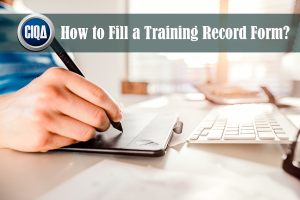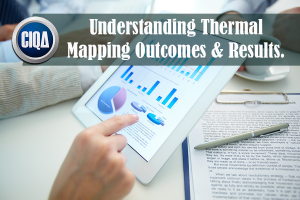
Build a Proficient Operational Qualification.

WHAT IS AN OPERATIONAL QUALIFICATION OQ?
Want to learn more about Operational Qualification?Subscribe and follow us on social media.Three (3) options to create an Operational Qualification ProtocolOption 1. You can create a great protocol, using a template.You can download a free sample of an operational qualification template in .pdf format. To see the complete list of the most popular validation templates, click here. In addition, you can request a quotation to buy online a full validation template document in MS Word format that is completely editable, ready to fill, and adapt to your needs. Option 2. We can bring you a formal training on how to create your own validation protocols using our template(s).This option is recommended if you want to learn more about how to build a robust validation protocol. One of our expert(s) will provide online step-by-step training to your team (unlimited assistance) on how to build a reliable validation protocol using a template. You can improve your corporate validation procedures and policies incorporating our template sections. It includes the template, an exam, and a training certificate for each assistant. Request a quote now. Option 3. We can create a customized operational qualification.One of our expert(s) will create and prepare for you a customized validation protocol with the inputs and specific information of your company. It may include, online support in document creation, execution, or final reporting, Request a quote online. GET IN COMPLIANCE TODAY, CONTACT US (Hablamos Español)STATUTORY AND REGULATORY REQUIREMENTSValidation for drugs (finished pharmaceuticals and components) is a legally enforceable requirement under section 501(a)(2)(B) of the Act (21 U.S.C. 351(a)(2)(B)), which states the following: “… a drug (including a drug contained in a medicated feed) shall be deemed to be adulterated if the methods used in, or the facilities or controls used for, its manufacture, processing, packing, or holding do not conform to or are not operated or administered in conformity with current good manufacturing practice to assure that such drug meets the requirement of the act as to the safety and has the identity and strength, and meets the quality and purity characteristics, which it purports or is represented to possess.” Referenceshttpss://www.accessdata.fda.gov/scripts/cdrh/cfdocs/cfcfr/CFRSearch.cfm?fr=225.1 httpss://www.fda.gov/media/94074/download httpss://www.accessdata.fda.gov/scripts/cdrh/cfdocs/cfcfr/CFRSearch.cfm?fr=225.1 httpss://ispe.org/publications/guidance-documents/gamp-5 httpss://www.fda.gov/media/94074/download httpss://www.fda.gov/media/94074/download httpss://www.accessdata.fda.gov/scripts/cdrh/cfdocs/cfcfr/CFRSearch.cfm?fr=225.1 httpss://ispe.org/publications/guidance-documents/gamp-5 Related topics and resources:Validation Plan, Installation Qualification, Operational Qualification, Performance Qualifications, Component Qualification, Traceability Matrix, Ppk, Control Charts, Cpk, User Requirements, Functional Requirement Specifications, GAMP5, risk assessment |

Ramon Cayuela, MS, BS, Chemical Engineering
CIQA President and CEO.
I've been working in validation engineering since 1992 with many multinational pharmaceutical companies. I love sharing my passion and knowledge with others. If you have any questions about anything (or just have general questions). I will be more than happy to assist you. You can count on the BEST customer service on CIQA. I go to great lengths to make sure my clients are 100% satisfied with their purchases and check emails/messages consistently throughout the day. You can rest assured that everything being sold here is as-described or your money back. I look forward to working with you!
Related Articles
Subscribe to get validation
news and free tips by email.
Need Additional Help?













